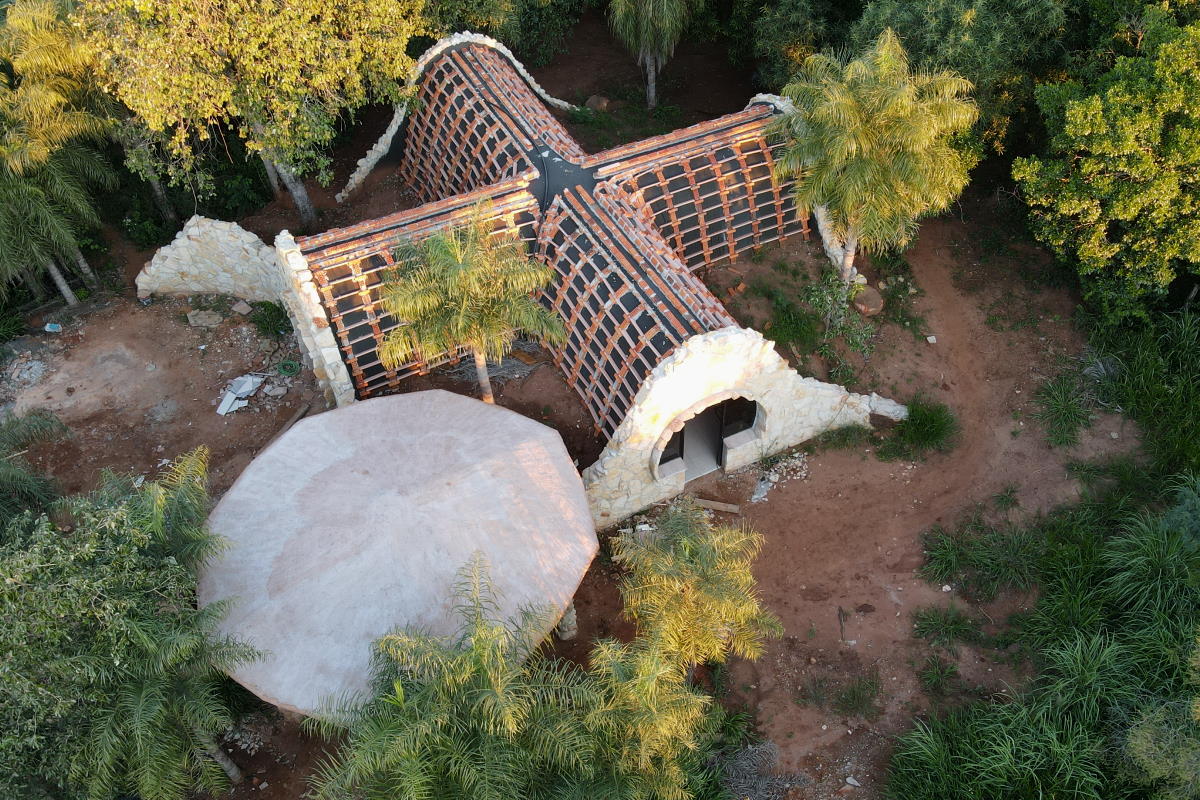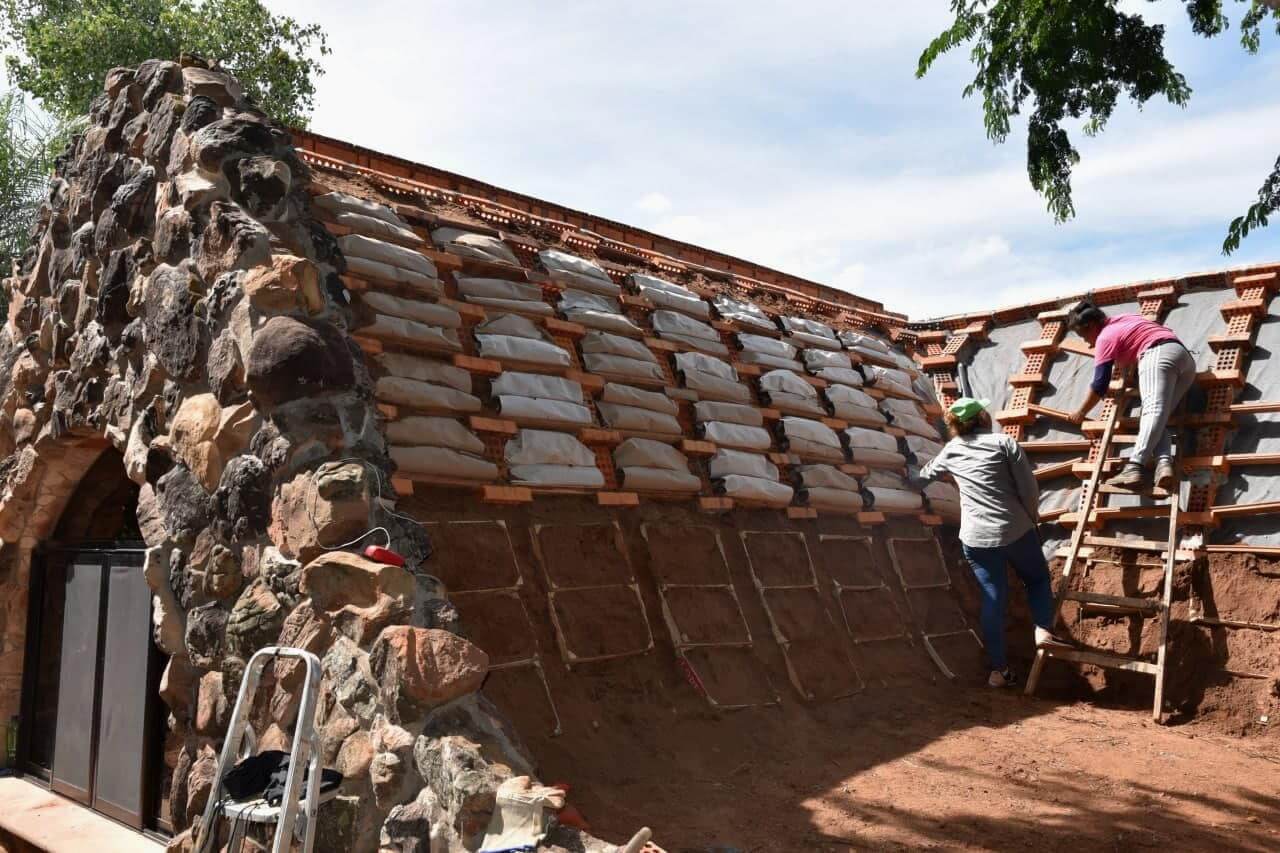Ecological air conditioning systems from Janisch & Schulz
Constructed wetlands keep it cool
Green roofs have proven to be ecological and robust solutions in recent decades and are on the rise in many regions worldwide. The same applies to constructed wetlands for near-natural wastewater treatment, which are attracting considerable international attention and application. The combination of both systems opens up the possibility of combining wastewater treatment with building air conditioning, thus creating further potential uses.
Janisch & Schulz is an engineering company that was founded in 1992 in Gambach, Hesse, and is now represented not only in Germany but also in Latin America. In addition to the branch office in Paraguay, which was opened in 2011, agencies in Argentina and Mexico were added in 2018. The core competencies of Janisch und Schulz lie in the planning and execution of near-natural water solutions with the main application area of constructed wetlands for the treatment of domestic, municipal and commercial wastewater. Further competences are the planning of natural swimming pools and solutions for urban water concepts and rainwater management.
Since 2011, engineer Jörg Janisch, one of the founders of Janisch & Schulz, has been living and working in the residential district of Valle Tucán near the Paraguayan capital Asunción. There, he has set himself the goal of further developing ecological construction, passive building air conditioning and near-natural water treatment that are best adapted to the hot, subtropical local climate.
The versatile advantages of conventional green roofs are widely known, among the most important being the protection of roof materials from solar radiation and weathering, as well as good insulation performance against heat and cold. Especially in warm regions, building air conditioning is of great importance and alternatives to electricity-powered air conditioning systems are urgently needed. The cooling effect of a classic green roof can be greatly improved by active irrigation. This lush plant cover created by irrigation favors natural air conditioning through the following main factors:
- Shading of the roof surface of the building
- Cooling effects due to water evaporation and building and ambient air
- Vegetation layer serves as natural insulation in summer and winter
Other positive effects of the systems are rainwater retention and the reduction of the amount of discharge into the sewer system, which plays a role especially in cities. Even air quality is improved, with the green roof helping to reduce particulate matter through dry deposition.
For several years, Janisch & Schulz engineers have been contributing their experience with constructed wetlands to combine green roof irrigation systems with wastewater (final) treatment. Depending on regional regulations and customers’ willingness to innovate, pre-treated or final treated wastewater is applied to the green roof via an irrigation system, where it is largely absorbed by the plants and evaporated through their leaves. The main aim of these innovative systems is to make efficient use of roof space, combining wastewater treatment and building climate control in a space-saving way.
In the hobbit houses in Valle Tucán designed by world-famous architect Gernot Minke, the residents’ domestic wastewater is pre-cleaned in a classic three-chamber pit and then distributed evenly over the roof area via a pump and the distribution system. The water seeps into the root zone of the plants, where it is used for irrigation and provides valuable nutrients such as phosphate and nitrogen. These are absorbed by the vegetation and the organic pollutant load of the wastewater is broken down by microorganisms in the soil.
The ingenious distribution system of the water guarantees that no water comes to the surface and no odor nuisance occurs. Until the plants have formed a stable root cover, erosion protection is necessary to keep the root balls on the roof. Stable shear sills also allow the almost vertical vault walls in the upper third to be greened safely and for the long term. So much moisture remains at the foot of the mound houses that lush banana plants still thrive there.
The system of “plant air conditioners” is an innovative and decentralized solution that combines nature-based, energy-efficient and robust technologies to adequately address climatic challenges such as heat, cold, drought and heavy rain events.
Information on the Valle Tucán ecological residential district:






